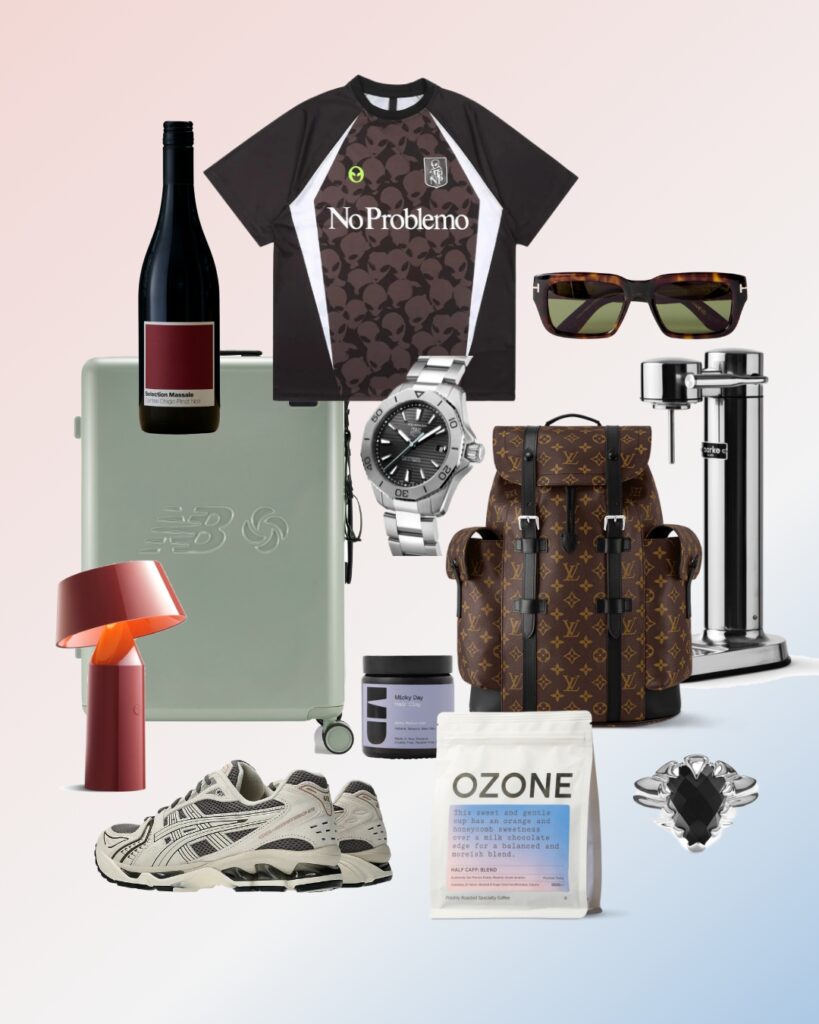Out with cereals and grains and in with meat and dairy; the Low Carb, High Fat movement that flips the food pyramid is gaining momentum with dieters and dieticians alike.
Saying yes to fat can seem hard to stomach, after years of considering it as food enemy #1. But a new movement is claiming that a low carb, high fat eating regime can help create sustainable weight loss – no hunger required.
‘Flip the food pyramid upside down’ is the claim from new book What The Fat?, created by Kiwi scientist Professor Grant Schofield, dietician Dr Caryn Zinn and chef Craig Rodger. It’s part of the Low Carb, High Fat (LCHF) movement – but before you start getting Atkins flashbacks of bacon-wrapped everything, the focus here is on healthy fats.
Foods like dairy, nuts, meat and eggs get the tick, while reducing your overall intake of carbohydrates like pasta, rice, cereals and bread.
While it’s not a completely new trend, the idea of flipping the food pyramid is a tricky one. As it stands, wholegrains and cereals sit alongside fruit and veges in the ‘eat most’ section, while dairy and then fats and oils make up the two ‘eat least’ sections.
But with the increase of grain-related gut issues – and a look at reducing our reliance on packaged foods – we’re becoming more open to eating fewer grains. However, increasing our fat content can still feel counter-productive for a lot of people, particularly those who are trying to lose weight.
Zinn, the dietician behind What The Fat?, understands this mindset very well as it fits with what she practised for almost 20 years in the industry. When she first heard of LCHF a few years ago, she went out of her way to disprove it.
“I tried to make it go away by looking for research that would try and thwart it,” she says. “But after a thorough look at the literature, and a thorough critique of it, I ended up in a place where I questioned what we currently have [instead].”
The next step was to trial it with her clients, and she found the results were fast – and impressive. And even though she found it ‘hair-raising’ to prescribe full-fat cream and milk to her clients, it was working. “A lot of the people who come to me have been down the road of mainstream nutrition, and diets in the past haven’t worked for them. They were looking for something different, but sustainable. It’s about giving people an option.”
What are the benefits?
It’s all wholefoods: When looking at the recipes in What The Fat?, it all feels like common sense. Even though you’re reducing some carbohydrates, you’re not going hungry. Zinn says many people who come to her are those who have done restrictive diets of calorie counting and don’t find it sustainable. But the LCHF eating regime is about reducing, not eliminating, and the added fat makes it satiating.
It’s easy to understand: “Just think full fridge, empty pantry, and don’t eat food that comes in packages,” says Zinn.
It helps control insulin. When we eat carbs, our body breaks them down into sugars. Our pancreas then releases insulin to distribute sugar around the body. But some people are insulin- resistant, which means their cells are less sensitive to the action of insulin, meaning more is produced and remains raised in the blood.
Excess sugar is then stored as fat, which is hard to shift with high levels of insulin. Reducing your carbohydrate intake can help keep your insulin under control.
It reduces inflammation. Zinn’s clients have reported a whole host of positive side effects including better sleep, reduced PMT, more energy. And the big one is less inflammation – clients with osteoarthritis, skin issues and enlarged prostate have all had reversal of inflammatory conditions.
What’s the criticism?
Because the LCHF movement goes against the taught nutritional practices, not to mention the established food pyramid, it’s causing a lot of people to question it. “No one wants to put their hand up,” Zinn says. “You’ve got to be prepared to stand up for what you believe in. I spent 20 years being a sheep and following the mainstream and yes, I got some good results but this feels like a completely different world.”
A day in the life of of Zinn’s LCHF eating plan
Breakfast: “I tend to do a berries, full-fat yoghurt and nutty mix combo. When I’ve got more time, I’ll do eggs and vegetables. And on the weekend I cook with liver, onion and bacon.”
Lunch: “I’ve always done salads – you’re only ever limited by your imagination. Use a wide range of vegetables, add leftovers, then add fats like avocado, olives, cheese or olive oil.”
Dinner: “I do a lot of standard meals but with substitutions instead of carbohydrates. So I cook a lot of cauliflower rice. Spaghetti bolognaise with zucchini noodles – ‘zoodles’. In the old days, you’d have your meat and three vege. It’s the same thing – just make up the fat content with oil, avocado or melted cheese.”
From the editors at Good Health Choices











